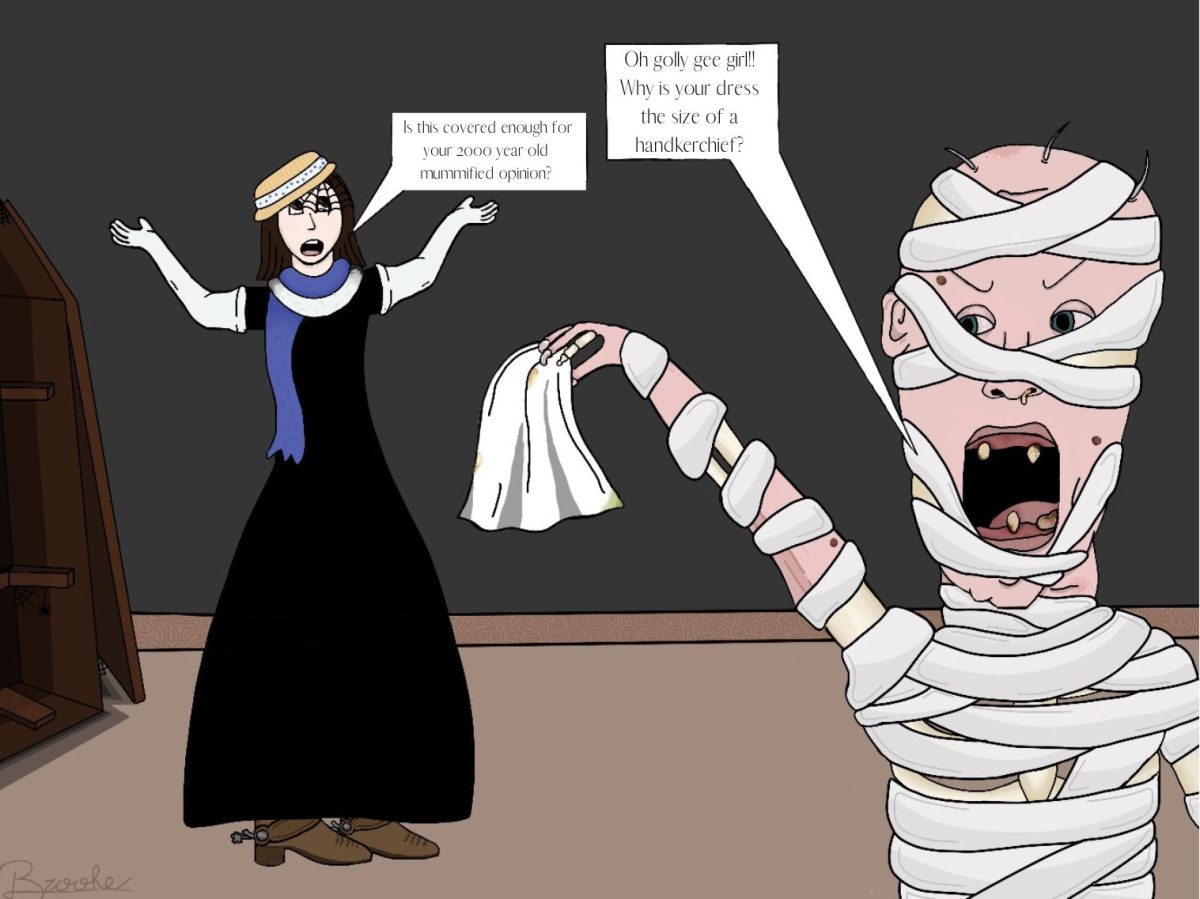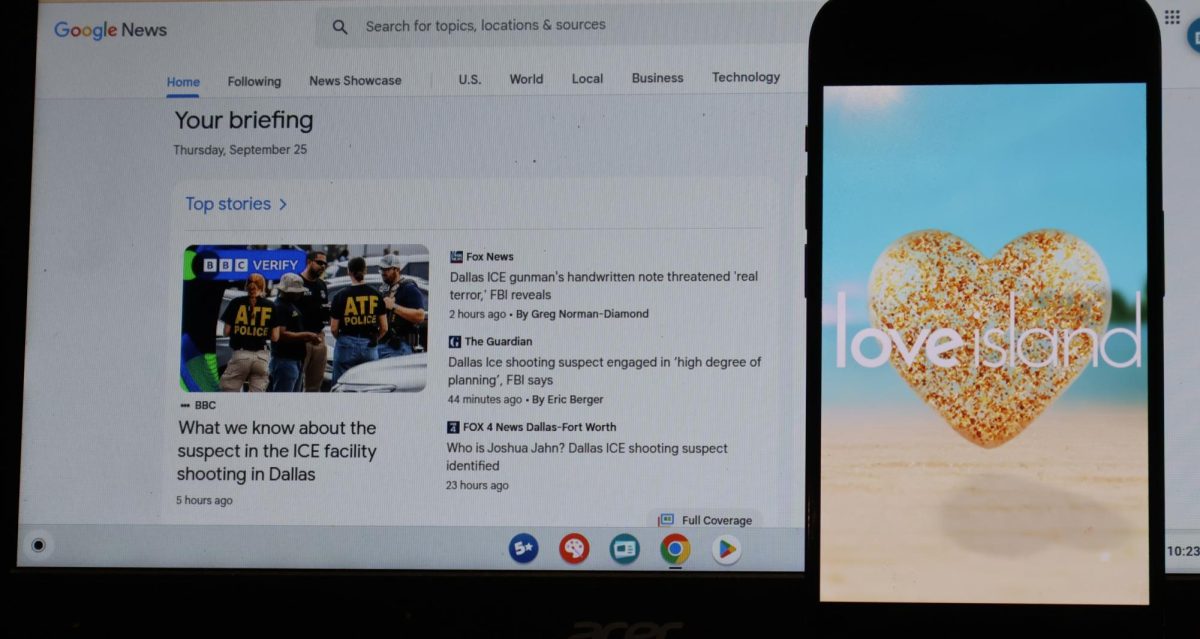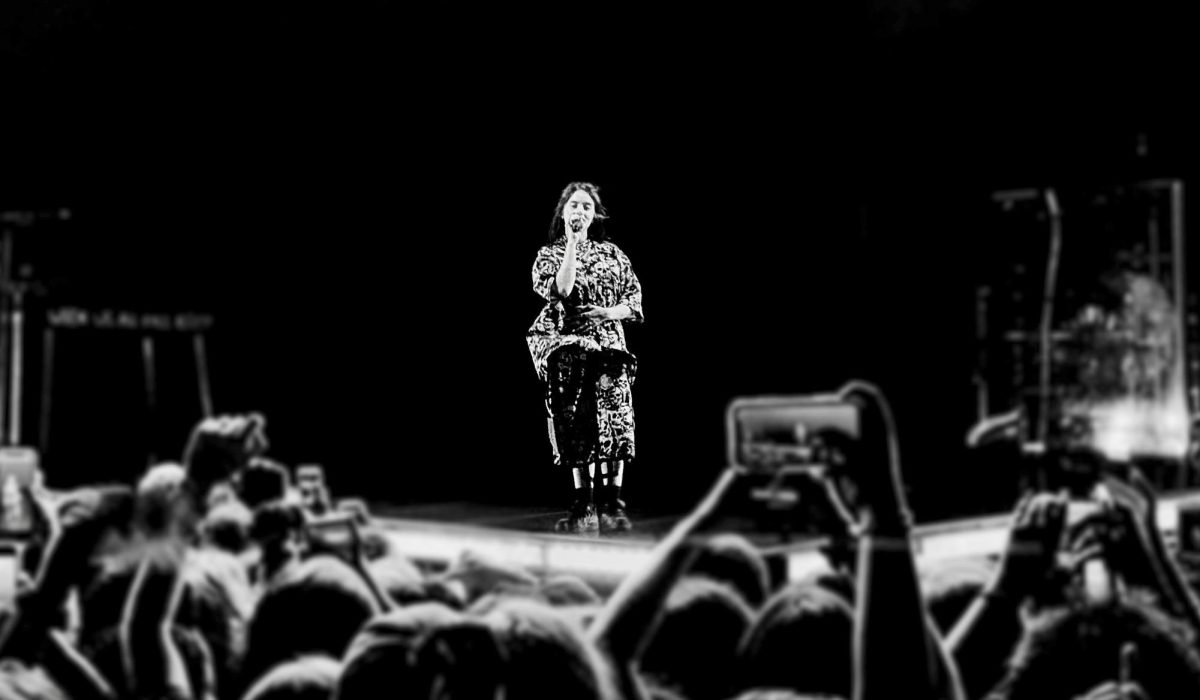If the 2016 presidential election has taught as anything, the lesson has been that the media will attack others with random insults and hope that one sticks. The days of debating are over, and the new era of shaming those with different views has begun.
The greatest example of people being “up-in arms” (or rather, up on Twitter) has been when presidential candidate Donald Trump was blasted on the mainstream media for being racist and misogynist. A simple fact search–barring the Huffington Post– proves all of these labels are factually incorrect, but the names still stick and thousands of people condemn him because these tags are constantly being plastered on headline news.
Instead of disagreeing with someone and labeling them as a racist, people need to realize that perpetrating false images does not advance their own agenda. Throwing mud at the issue only makes the accuser appear ignorant, and harms the ability for reasoned discourse.
In addition to harming one’s public image, saying such words make the speaker appear overly biased, especially when the accused has said nothing to warrant such a reaction.
Viewers tend to buy into all the stories the media churns out, even if the news ends up being a little less than honest.
Words that used to have actual substance and were used to condemn individuals who deserved the label are now thrown around as soon as someone goes against the grain. The media helps perpetrate this by editorializing headlines and reporting misinformation in order to gather the most views.
One prominent example was the recent news surrounding a 15 year old girl who was “sexually groped” (a claim later struck down by the local police department) and then pepper sprayed (done so because she struck a supporter). The headlines capitalize on this misinformation, even though the source video the entire claim is based off of is featured further down, disproving previous information found in the article.
Because of biting headlines on major news networks, and because they feature Trump (arguably the most controversial Republican candidate), viewers click on them because they tend to gravitate towards scandalous stories. This is good for business, but bad for the American public, as viewers tend to buy into all the stories the media churns out, even if the news ends up being a little less than honest.
Another major controversy that surrounds the presidential candidate is when, during an interview with MSNBC’s Chris Matthews, Trump was asked a hypothetical question: “If abortion was outlawed in the United States, should the woman be punished for undergoing the treatment?” Trump said there should be a punishment, a stance he later recanted.
While Trump may not have been in the right, the mainstream media immediately released edited soundbites of the interview, where Matthews’ hypothetical question was completely skipped over, making the presidential candidate appear as though he advocated punishing women for undergoing abortion.
Through twisted headlines and eight-second soundbites, the media can easily paint a presidential candidate in a negative light. While bias will always exist in every news publication, the sheer amount of misinformation spread by newspaper organizations in order to push their own agenda does nothing but harm the American public.




![Working in the Student Success Office, Attendance Secretary Lordis Depiazza inputs a student’s absence excuse note. Students are required to bring an excuse note to the attendance office within three days of any absence. “Reminding students that being in school is important because it reflects towards your grades and being able to do any activities with the school,” Depiazza said. “[It] seems to get the students' attention about wanting to be in school.”](https://southwestshadow.com/wp-content/uploads/2025/10/IMG_8313-1200x800.jpg)

![Squaring up to a practice dummy, sophomore Cypher Andres prepares to throw a punch. Dummies are regularly used to help him prepare certain hits to take his opponents down. “[Boxing dummies help me practice] because it’s basically a model of the body,” Andres said. “It helps with accuracy, such as pressure points behind the ear, and a clean liver shot can end the fight.”](https://southwestshadow.com/wp-content/uploads/2025/10/IMG_5728-e1759850486200-1200x864.jpg)

![Arranging the fabric on the floor for a new project, senior Sapphyre-Ann Leung plans out her attire for the next deadline. With the recent closures, students now had limited resources and less margin for error with the fabric and materials they had in stock while trying to reach strict deadlines. “Joann’s had a lot of high-end fabric for our fashion competitions,” Leung said. “We couldn’t just buy ten yards of fabric from Hobby Lobby or Walmart. Since [Joann Fabrics] is no longer open, we have to buy items online, which is way more expensive.”](https://southwestshadow.com/wp-content/uploads/2025/10/IMG_0038-1200x800.jpg)





